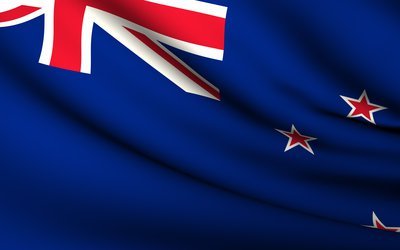The Australian medical device sector is looking nervously to New Zealand as that country prepares to make fundamental changes to current funding and procurement arrangements.
The Australian industry has already faced pressure delivering over $1 billion in savings through a strategic agreement with the federal government.
Private health insurers are maintaining pressure with renewed calls for the introduction of a national procurement system.
In New Zealand, under the proposed Therapeutic Products Bill, PHARMAC will take over the procurement of medical devices supplied to the country's District Health Boards.
PHARMAC was originally established as New Zealand's government-funded agency with responsibility for procuring prescription medicines.
It has emerged as one of the most controversial prescription medicine payer agencies in the world. It has used a range of policies, including single-source tenders under a capped budget, to secure the lowest prices in the OECD.
However, it is also controversial and facing a rising tide of criticism from patients in response to significant delays in access to new medicines - or no access at all.
Some New Zealand patients are relocating to Australia to gain funded access to medicines not available in their country through reciprocal arrangements.
“The proposed Therapeutic Products Bill and the ongoing centralised procurement process by PHARMAC could have the joint effect of increasing costs of medical devices and procedures while potentially reducing choice for the clinician and delaying access to life-saving, innovative medical technology,” said Faye Sumner, CEO of the Medical Technology Association of New Zealand.
According to Ms Sumner, the association has proposed an alternative value-based procurement system based on clinician autonomy.
"It is about treating a patient with the best possible device rather than the cheapest possible device," she said.
“Our industry is very concerned at the multiplying effect of both significant changes being introduced in parallel and the potential disruption to the supply chain which could lead to the reduced availability of medical device products in the New Zealand market.
“Ultimately, the impact of both these changes will be felt by the patient.
“Our industry constantly strives to improve our technologies and care delivery. Medical devices are the foundation of modern healthcare treatment, providing healthcare professionals the tools they rely on to improve patient care,” added Ms Sumner.
